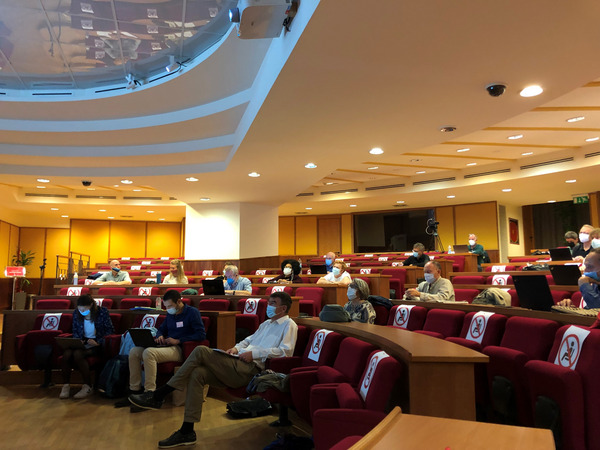In the first four years of the project, several key results have emerged:
- Crop diversification can improve productivity, environmental impacts as well as the delivery of ecosystem services. These benefits are most apparent when different diversification strategies (e.g., rotation, intercropping, multiple cropping) are combined. Findings also illustrate that benefits come with various trade-offs. For example, introducing cover crops in hillside areas may prevent soil erosion, but could require higher pesticide use. These benefits and trade-offs have been confirmed by several DiverIMPACTS meta-analyses, our 10 field experiments and our 25 case studies. Risk of agronomic and economic failures exists with crops whose cropping practices are not yet well understood and if crop diversification is not adapted to local conditions; therefore, constant adaptive management is required to cope with uncertainties, including climate change, and lower trade-offs;
- 46 barriers to crop diversification were found across the case studies and cover the whole value chain from farm to fork. A catalogue of solutions has been developed and several tools to help actors drive crop diversification are being developed: multicriteria assessment tools at the field, farm and territory levels, a decision-support tool to help retrieve resources relevant to local user constraints, and an indicator of ecosystem services provided by diversified crop sequences in order to help policy-makers and advisors drive crop diversification. Needs for new content related to crop diversification in the training and advisory sectors, as well as for formal education, have also been identified. Solutions are being put into practice with training sessions for farmers and advisors. Furthermore, collaboration within the European cluster on Crop Diversification has been consolidated, leading to joint dissemination actions (website, flyer, video, factsheet, scientific letter);
- Dissemination activities have also being intensified towards all stakeholders: 16 webinars, 8 newsletters, 28 practice abstracts, 24 videos, and the first two policy briefs to deliver key messages for policy makers.
The final year of the project is dedicated to:
- Analysing and integrating datasets from meta analyses, case studies and field experiments
- Consolidating key messages about crop diversification and disseminating them widely
- Further developing and improving the decision support tool to provide practical information to those engaging in crop diversification. The tool will facilitate access to the DiverIMPACTS results as well as information from our sister project Diverfarming and other information about crop diversification.
- Continuing to engage with stakeholders through regional and final conferences as well as the DiverIMPACTS stakeholder platform
- Providing practical information and policy recommendations through additional practice abstracts and policy briefs. More than 50 practice abstract and at least six policy briefs will be published.
- Defining and preparing the project legacy as well as the legacy of the 25 case studies. This will involve examining the role of case studies in future projects, as well as how new projects can build on the work done in DiverIMPACTS


 tap and then scroll down to the Add to Home Screen command.
tap and then scroll down to the Add to Home Screen command.